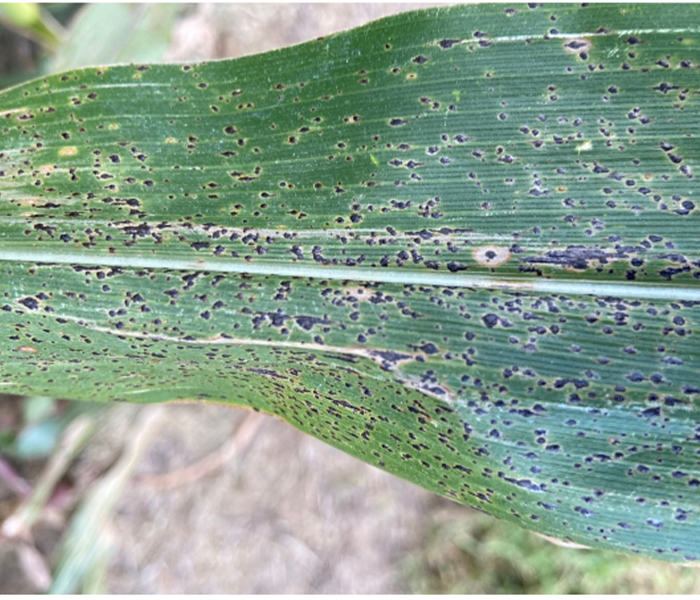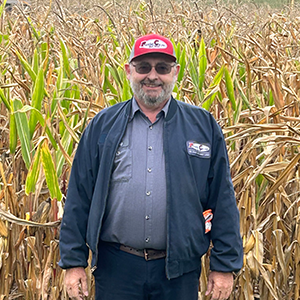Premier Co-op

December Energy News
I hope you were able to enjoy Thanksgiving with family and friends. And I hope you’ve recovered from your food coma. For the 10 of you (including my mom) who read my newslett...

Caused by the fungus Phyllachora maydis
Looks like small, raised black circular lesions on stalks, leaves, and husks
(These spots cannot be rubbed off)
Most frequently appears between silking and late grain fill
Can overwinter on infected residue left on the soil surface
Favorable Conditions for Tar Spot
Cool temperatures
High humidity
Prolonged leaf wetness
Irrigated fields are especially susceptible
Confirmed presence in PA, IN, IL, IA, MO, KS, NE, and now WI means this disease is active and spreading. See where tar spot has been reported here: https://corn.ipmpipe.org/tar-spot/
We recommend evaluating your fields now, especially if you’re nearing V10 or have a history of Tar Spot pressure. If you’d like help scouting or building a fungicide plan, our agronomy team is ready. Contact your Premier agronomist today to get started.
